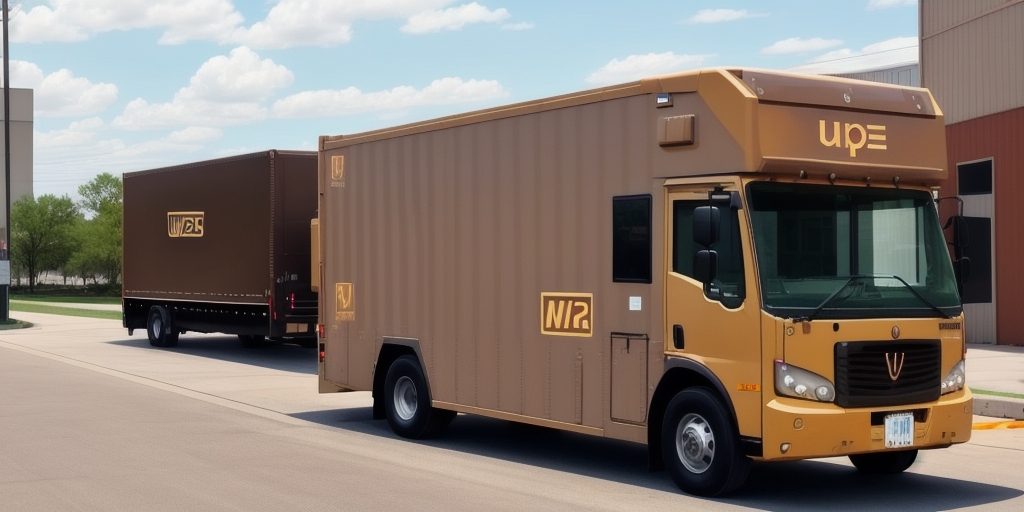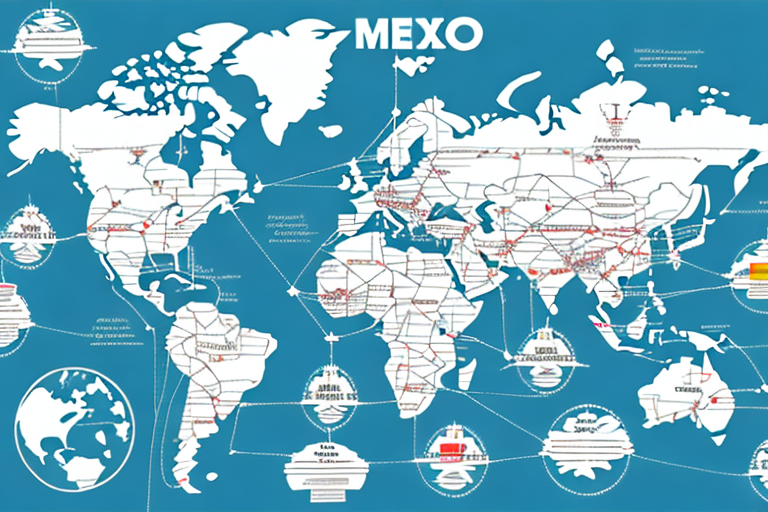Understanding Federal Express Shipping Costs
Shipping costs are a crucial consideration for businesses that handle a significant volume of deliveries. Federal Express (FedEx) is one of the leading global providers of shipping and logistics services. Understanding how FedEx calculates their costs can help businesses make strategic decisions to manage their shipping expenses effectively. In this article, we explore the factors that determine FedEx shipping costs, methods to calculate these costs, and strategies for minimizing shipping expenses.
Key Factors Influencing FedEx Shipping Costs
Weight and Dimensions
FedEx uses a dimensional weight pricing system that considers both the size and weight of a package. This ensures that lightweight packages occupying more space are not undercharged. The dimensional weight is calculated by multiplying the package's length, width, and height and then dividing by a divisor set by FedEx. The higher of the actual weight or dimensional weight is used to determine the shipping cost.
Shipping Destination
The distance between the origin and destination significantly impacts shipping costs. Domestic shipments within the United States generally cost less than international shipments due to shorter transit distances and fewer logistical complexities.
Shipping Service Level
FedEx offers a variety of shipping services, including Ground, Express, and Freight services. The chosen service level affects both the delivery speed and cost. Faster services like FedEx Priority Overnight are more expensive compared to FedEx Ground services.
Additional Fees and Surcharges
Additional fees may apply based on specific requirements such as residential delivery, signature confirmation, fuel surcharges, and handling of oversized or hazardous materials. It's essential to consider these potential surcharges when calculating shipping costs.
Calculating FedEx Shipping Costs
Required Information for Cost Calculation
To accurately calculate FedEx shipping costs, gather the following information:
- Package weight and dimensions
- Shipping origin and destination
- Selected FedEx service level
- Any additional services or special handling requirements
Using the FedEx Shipping Calculator
FedEx provides an online shipping calculator that allows businesses to estimate shipping costs based on the provided information. This tool is essential for budgeting and comparing different shipping options.
Consider Seasonal Variations
Shipping costs may fluctuate during peak seasons such as holidays due to increased demand. Additionally, international shipments might incur customs fees and taxes, adding to the overall cost.
Strategies to Minimize Shipping Expenses
Optimize Package Weight and Size
Reducing the weight and dimensions of packages can lead to significant cost savings. Utilize efficient packaging materials and avoid unnecessary bulk to lower both actual and dimensional weights.
Choose the Right Shipping Service
Selecting the appropriate FedEx service level based on delivery urgency can help manage costs. For non-urgent shipments, FedEx Ground offers a more economical option compared to expedited services.
Leverage Volume Discounts
Businesses with high shipping volumes may qualify for eligible discounts or negotiated rates with FedEx. Engaging directly with FedEx sales representatives can uncover potential savings opportunities.
Consolidate Shipments
Combining multiple packages into a single shipment can reduce the number of shipments, leading to lower total shipping costs and decreased environmental impact.
Utilize FedEx Tools and Resources
FedEx offers various tools such as shipping software to streamline the shipping process, minimize errors, and optimize cost management.
Comparing FedEx with Other Shipping Carriers
Cost and Service Comparison
It's essential to compare FedEx shipping costs and services with other carriers like UPS, DHL, and USPS to identify the most cost-effective and reliable option for your business needs. Factors to consider include delivery speed, reliability, and additional services offered.
Evaluating Carrier Reliability
While cost is important, the reliability and reputation of the carrier should also influence your decision. Consider metrics such as on-time delivery rates and customer satisfaction when comparing carriers.
Assessing Customer Service
Quality customer service can significantly impact your shipping experience. Evaluate the level of support provided by each carrier, including handling of issues like lost or damaged packages.
Additional Considerations for FedEx Shipping Costs
Packaging Choices
The size and shape of your packaging influence shipping costs. Using appropriate packaging materials that protect your items while minimizing size can help control costs. Consider lightweight, durable packaging solutions tailored to your products.
Insurance and Liability
FedEx offers shipping insurance to protect against loss, damage, or theft. The cost of insurance is typically a percentage of the declared value of the package. While it adds to shipping costs, insurance provides financial protection and peace of mind for valuable or fragile items.
Package Tracking
Utilizing FedEx's tracking services allows businesses to monitor shipments in real-time, reducing the risk of lost packages and enabling proactive management of delivery issues. Effective tracking contributes to overall cost management by minimizing disruptions and unexpected expenses.
Conclusion
Understanding FedEx shipping costs is essential for businesses aiming to manage their shipping expenses effectively. By considering key factors such as weight, dimensions, destination, and service levels, businesses can make informed decisions to optimize their shipping processes. Implementing cost-saving strategies like optimizing package size, leveraging volume discounts, and choosing the right shipping service can lead to significant savings. Additionally, comparing FedEx with other carriers ensures that you select the most reliable and cost-effective shipping solution for your business needs.








